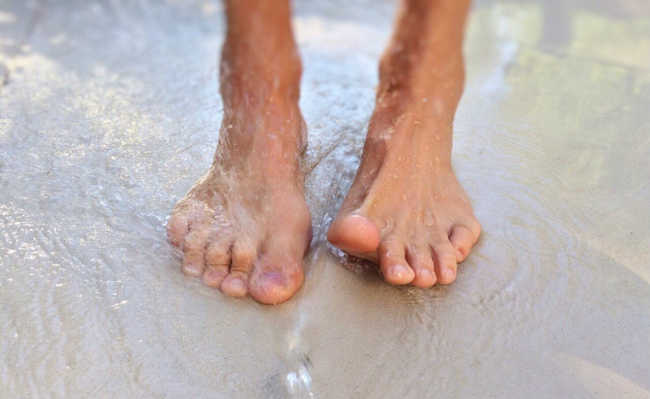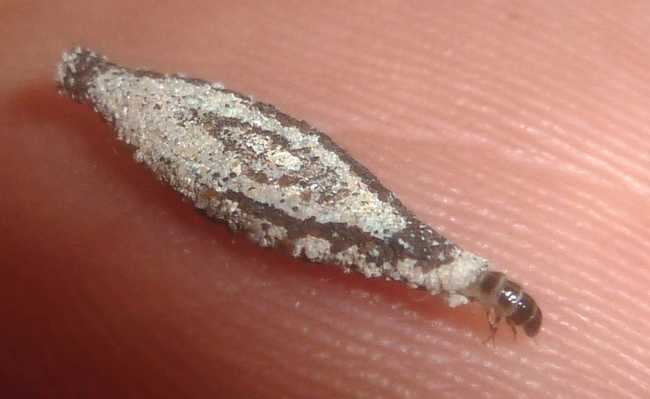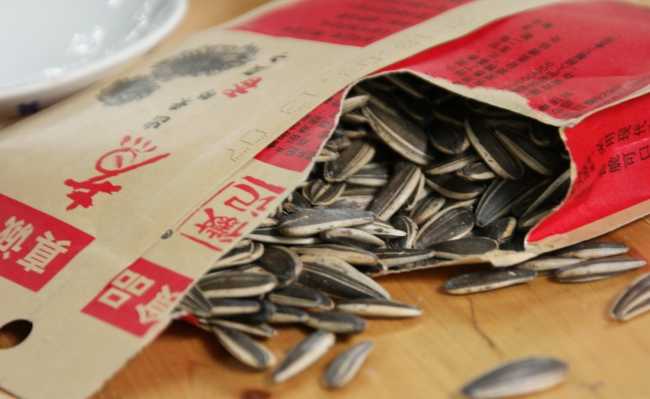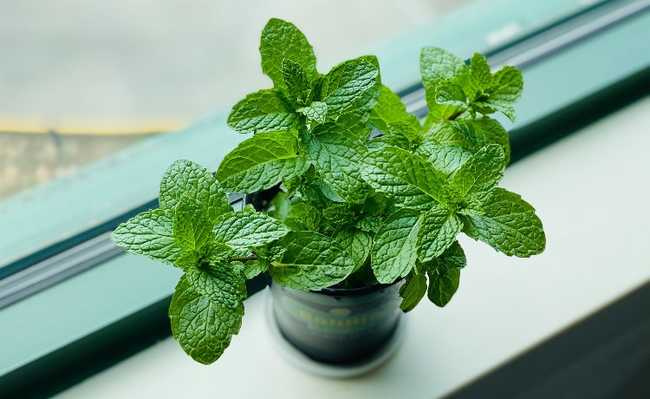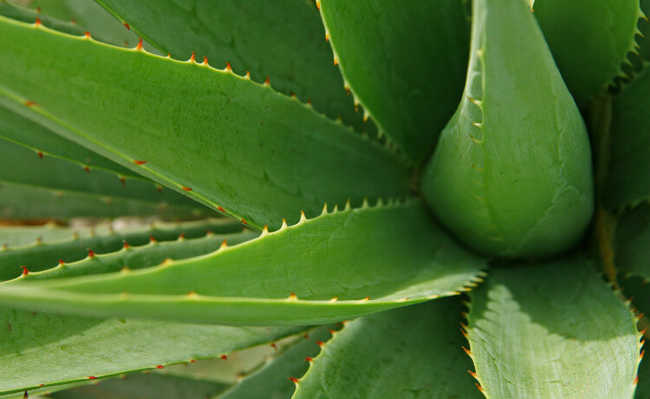Dukan Diet: A Complete Guide
The Dukan diet is divided into four phases and promises to ensure that the weight does not come back, however, its safety has not been studied.

Resized image of Toa Heftiba, is available on Unsplash
The Dukan diet is a high-protein, low-carbohydrate weight loss diet, divided into four phases, two to lose weight (attack and cruise) and two to maintain the lost weight (consolidation and stabilization). It promises to promote weight loss quickly without the need to starve.
- How to lose weight with health
- Ten high protein foods
The Dukan Diet was created by physician and nutritionist Pierre Dukan, a French general practitioner specializing in eating behavior.
Dukan created this diet in the 1970s, from the case of a patient who said he could stop eating any food to lose weight, except for meat.
After seeing many of his patients show impressive weight loss results from their diet, the doctor published the book. The Duke of Diet in 2000, which ended up being published in 32 countries and became a major best seller.
The Dukan diet shares some characteristics of the Stillman diet and the Atkins diet, which is high in protein and low in carbohydrates.
How does the Dukan diet work?
As already mentioned, there are four phases in the Dukan diet: two weight loss phases and two maintenance phases. The diet starts with calculating your "ideal" weight, based on your age, weight loss history, and other factors. How long you stay in each phase depends on how much weight you need to lose to reach your "ideal" weight.
Dukan diet phases:
- Attack Phase (1-7 days): You start the diet by eating unlimited lean protein plus 1.5 tablespoons of oat bran per day;
- Cruising Phase (1-12 months): You take in lean protein alternating one day with lean protein and non-starchy vegetables the next day, plus 2 tablespoons of oat bran every day;
- Consolidation phase (variable): unlimited lean protein and vegetables, some carbs and fats, one day of lean protein only per week, and 2.5 tablespoons of oat bran per day. You must do this for 5 days for every pound lost in phases 1 and 2;
- Stabilization phase (undefined): Follows the basic guidelines of the consolidation phase, but the rules can be relaxed as long as the weight remains stable. Oat bran is increased to 3 tablespoons per day.
- The Benefits of Gluten Free Oatmeal
Foods to include and avoid
Each phase of Dukan's diet has its own pattern. Here's what you're allowed to eat during each one:
attack phase
The attack phase is mainly based on protein-rich foods, plus a few extras that provide minimal calories:- Tofu;
- Tempeh;
- Seitan (a meat substitute made from wheat gluten;
- noodle shirataki;
- agar-agar gelatin
- Small amounts of lemon juice and pickles;
- Lean meat;
- Skinless birds;
- Fish and seafood;
- Eggs;
- Non-fat dairy products (restricted to 950 ml per day): yogurt and ricotta;
- At least 1.5 liters of water per day (mandatory);
- 1.5 tablespoons of oat bran daily (mandatory);
- Unlimited artificial sweeteners (but they can be harmful, understand why in the article: "Beverages containing artificial sweeteners can cause dementia and stroke");
- 1 teaspoon of oil daily to lubricate pans.
cruise phase
This phase alternates between two days. On the first day, the person can only eat the foods on the attack phase list. On the second day, in addition to the attack phase foods, the person can ingest:- Spinach, kale, lettuce and other green leaves;
- broccoli, cauliflower, cabbage and Brussels sprouts;
- Bell pepper;
- Asparagus;
- Artichoke (learn how to prepare in the article: "How to make artichokes: seven recipes for cooking at home");
- Aubergine;
- Cucumber;
- Celery;
- Tomato;
- Mushroom;
- Pod;
- Onion, leeks and chives;
- Pumpkin Spaghetti;
- Pumpkin;
- Turnips;
- 1 serving of carrots or beets a day;
- 2 tablespoons of oat bran daily (mandatory).
- Benefits of different types of olive oil
Consolidation Phase
During the Consolidation Phase, Dukan Dieters can combine any of the foods from the Attack and Cruise Phase Lists, along with the following:- Fruit: 1 serving of fruit per day, such as 1 cup of fruit or chopped melon; 1 medium apple, orange, pear, peach or nectarine; 2 kiwis, plums or apricots;
- Bread: 2 slices of wholegrain bread per day, with a small amount of low-fat butter;
- Carbohydrates: 1 to 2 servings of carbohydrate per week, 225 grams of pasta and other grains such as corn, beans, vegetables, rice or potatoes;
- Meat: pork or ham 1-2 times a week;
- Celebration Meals: Two "celebration meals" per week, including an appetizer, a main course, a dessert and a glass of wine;
- Meal protein: One "pure protein" day per week where only attack phase foods are allowed;
- Oat bran: 2.5 tablespoons of oat bran per day (mandatory).
stabilization phase
The stabilization phase is the final phase of the Dukan diet. At this stage, no food is strictly off limits, but there are some principles to follow:- Use the consolidation phase as a basic framework for planning meals;
- Keep having a "pure protein" day every week;
- Never take the elevator or escalator when you can climb the stairs;
- Take three tablespoons of oat bran every day.
Examples of meal plans
Here are sample meal plans for the first three phases of the Dukan diet:- Vegan diet: 25 products to discover
attack phase
Breakfast
- Non-fat cottage cheese with 1.5 tablespoons of oat bran, cinnamon and white sugar substitute (can be brown sugar, maple syrup or coconut sugar);
- Coffee or tea with skimmed milk and white sugar substitute;
- Water.
- Eight Incredible Coffee Benefits
Lunch
- Roast Chicken;
- noodles of Shirataki;
- agar-agar gelatin;
- Iced tea.
Dinner
- Lean steak and shrimp;
- agar-agar gelatin;
- decaffeinated coffee or tea with skimmed milk and white sugar substitute;
- Water.
Cruise Phase
Breakfast
- 3 scrambled eggs;
- sliced tomato;
- Coffee with skimmed milk and white sugar substitute.
- Water.
Lunch
- Grilled chicken on mixed vegetables with low-fat vinaigrette;
- Greek yogurt, 2 tablespoons of oat bran and sugar substitute;
- Iced tea.
Dinner
- Roasted salmon fillet;
- cooked broccoli and cauliflower;
- Gelatin;
- decaffeinated coffee with skimmed milk and sugar substitute;
- Water.
Consolidation Phase
Breakfast
- Omelet made with 3 eggs, 40 grams of cheese and spinach;
- Coffee with skimmed milk and sugar substitute;
- Water.
Lunch
- Turkey sandwich on 2-slice whole-wheat bread;
- Half a cup of cottage cheese with 2 tablespoons of oat bran, cinnamon and sugar substitute;
- Iced tea.
Dinner
- Roast pork;
- Grilled zucchini;
- 1 medium apple;
- decaffeinated coffee with skimmed milk and sugar substitute;
- Water.
Is Dukan's diet safe and sustainable?
There is not much quality research available on the Dukan diet. However, a study of Polish women who followed the Dukan diet showed that they lost 15 kilos in 8 to 10 weeks.
In addition, other studies have shown that other high-protein, low-carbohydrate diets, such as the Dukan diet, have great benefits for weight loss (see studies here: 2, 3, 4, 5, 6, 7, 8).
However, the safety of the Dukan diet has not been studied and there are concerns about high protein intake, especially its effect on kidney and bone health (see studies on this here: 9, 10).
In addition, the intake of animal protein promotes a greater social and environmental impact compared to a vegetarian diet and is less healthy in terms of the amount of pesticides and other harmful substances. Understand this theme better in the articles:
- Intensive animal husbandry for meat consumption impacts the environment and consumer health
- Veganism is the most effective way to save the planet, experts say
- The dangers and cruelty of animal confinement
- Far beyond animal exploitation: cattle raising promotes consumption of natural resources and environmental damage on a stratospheric scale
- Documentary "Cowspiracy" denounces the impacts of the agricultural beef industry
- Reducing red meat consumption is more effective against greenhouse gases than stopping driving, experts say
- Publication links meat consumption to poverty and climate change
- Ghost fishing: the invisible danger of fishing nets
Adapted from Healthline

